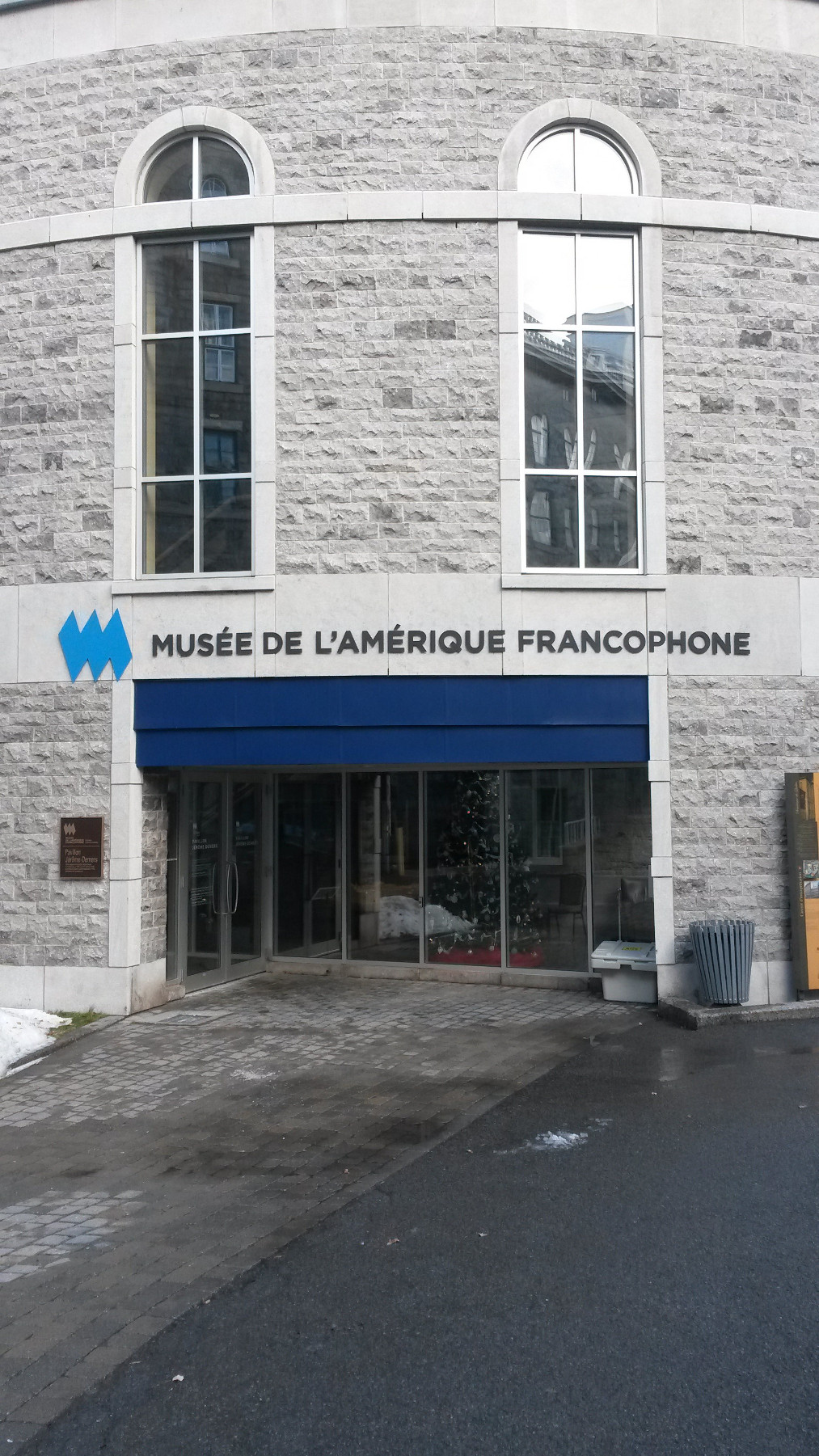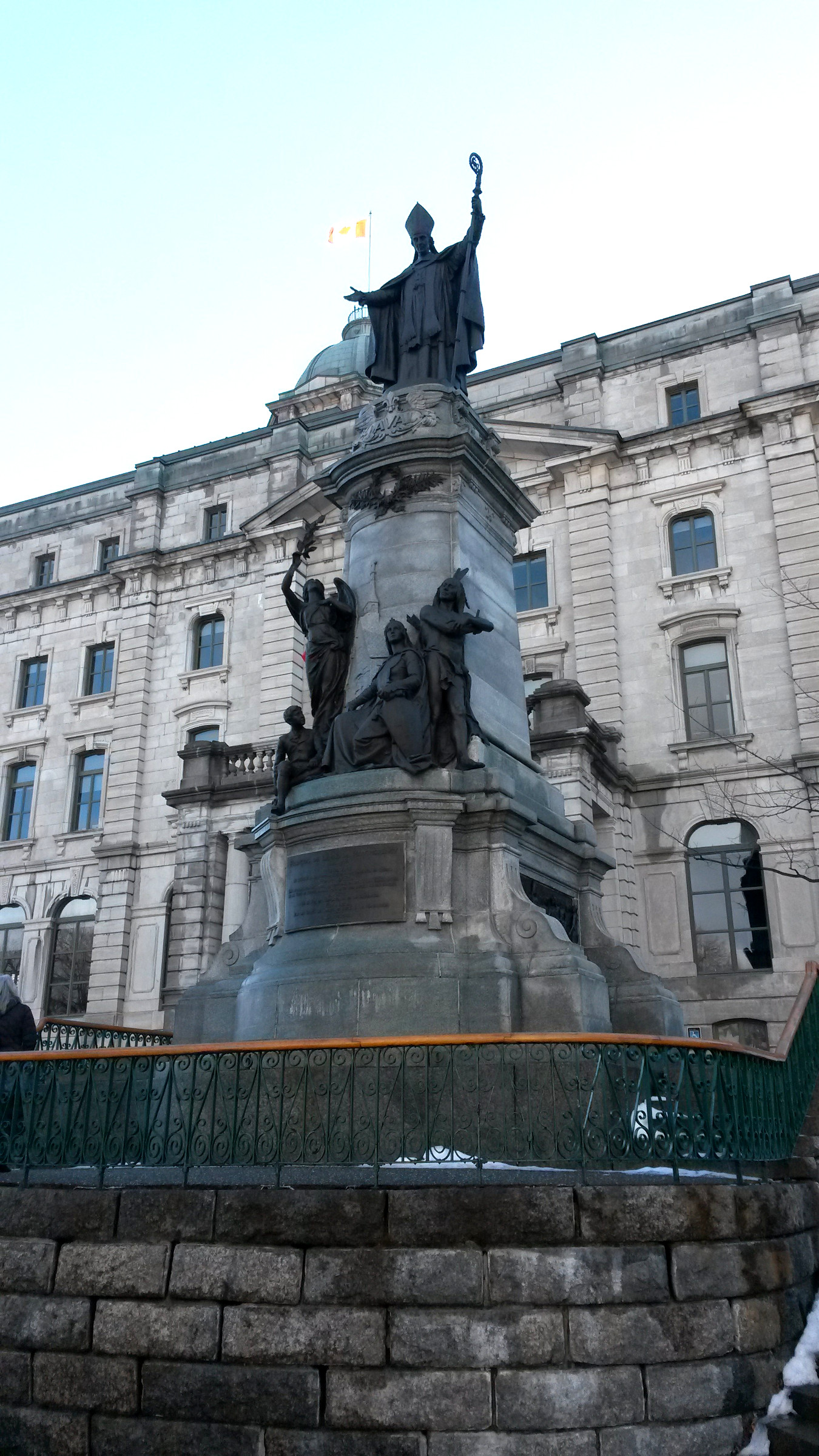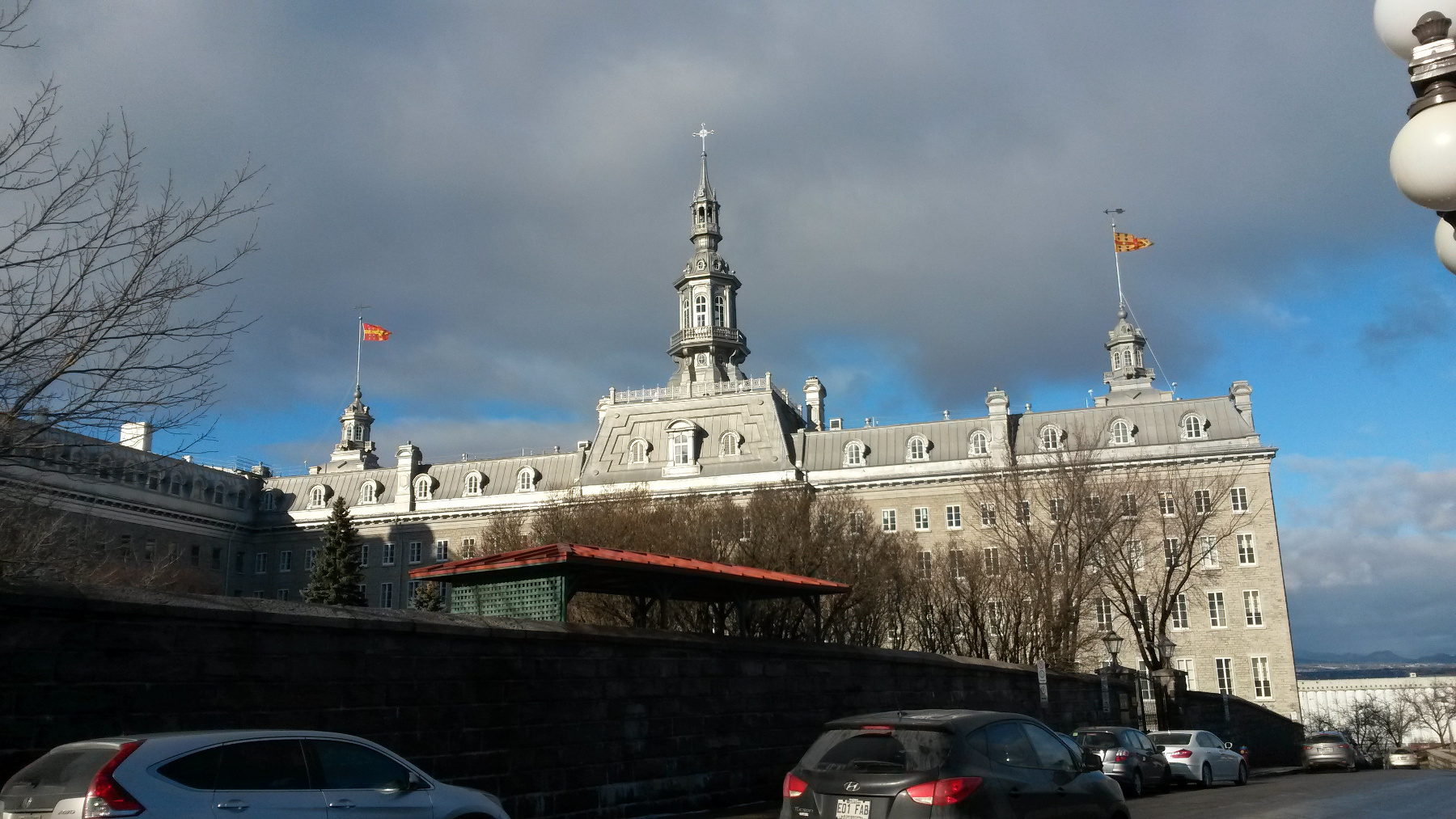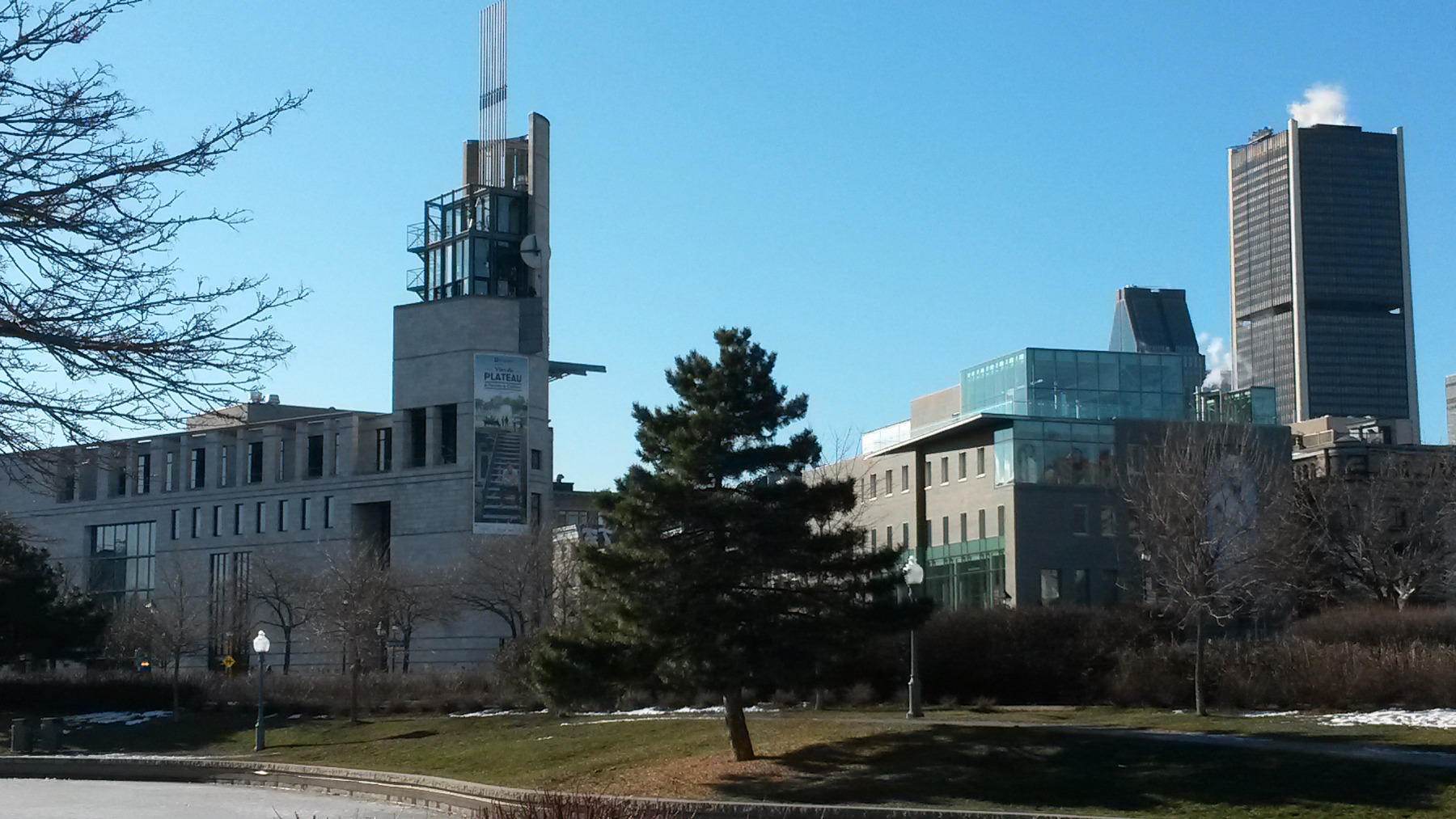Cartier, Champlain, Laval, ...
In my previous post, I mentioned that I'd share some of what I learned about the history of New France on my brief trip to Québec and Montréal a couple of weeks ago (supplemented with some Wikipedia reading). That's what you'll find below.
History
In Quebec City, I went to the Museum of Francophone America and had an informative guided tour. The main part of the museum comprised three floors: the first floor displayed fine art from Québec history, primarily associated with the Quebec seminary; the second floor was dedicated to "The Rediscovered Colony"—the archaeological exploration of the first French settlement in North America; the third floor was about life in New France more generally.

La Colonie Retrouvée exhibit was especially interesting. It was about the Charlesbourg-Royal settlement, located in Cap-Rouge, just upstream from Québec City. This settlement was established by the Cartier-Roberval expedition, and was active from 1541 – 1543. The way the exhibit itself was displayed was also pretty neat. It was intended to convey the feel of an archaeological site, with grid lines on the floor and some soil column profiles recreated.
One really interesting fact that I learned on the guided tour of the museum was that there was something like twenty times more migration to New England than to New France (considering the period prior to the British capture of Québec City in 1759, if I recall correctly). I thought about this, and came up with a few theories about why this was the case:
- The climate in New England is signifantly milder than along the Saint-Lawrence River.
- Unlike New England, which was a place where dissidents like the Puritans could start fresh, New France maintained the same social and power structures as the home country (e.g. in the Seigneurial system)—why face the dangers of being a colonist only to live within the same three estates system?
- French protestants (Huguenots) were intermittently suppressed in France during this period and were barred from settling in New France; many migrated to areas controlled by other European powers instead.
This latter theory is mentioned in the Wikipedia article on Huguenots. Huguenot representation among the early explorers is also notable. Roberval (who participated in the expedition with Jacques Cartier mentioned above) was one, and so was du Gua, an early governor. Samuel de Champlain also had protestant ties through his wife and possibly other family members. But around 1627, the [in]famous Cardinal Richelieu decreed that only Catholics could settle in New France, drying up a source of manpower for exploring and settling in the new world.
Another prominent personality in Québec history is the first Bishop, Francis-Xavier Montmorency-Laval, a Jesuit. He establised the Québec seminary (pictured below) to train priests to propagate the Catholic faith and provide education. The museum was actually located in part of the seminary, which played a very prominent role in the development of Québec's culture. Laval University was named in his honour.


Another museum that I didn't have time to visit on this trip, but want to check out next time I'm in Montreal is Pointe-à-Callière.

Art
At both the Museum of Francophone America and the Montréal Museum of Fine Arts, I got to see some of the cultural legacy of Québec. Besides Cornelius Krieghoff (mentioned last week), I liked some of the works by Joseph Légaré.
Collections of silver candlesticks and other altar-ware—that reminded me of Jean Valjean's "gift" from the Bishop near the start of Les Misérables—were another thing I saw at both of these museums. The museum in Quebec even had some very rare pieces from 17th century France. The French king at that time ordered silver-ware to be collected and melted down to fund a war, but articles in New France survived. This part interested me, as I'm reading the second book in Neal Stephenson's Baroque Cycle now, and the collection of silver in France is one of the events that figures in the plot (and the collection and recoinage in England later that century figures in the third book).
As far as more recent art work is concerned, I saw some paintings by Christian Bergeron (here is an example) at commercial galleries in Québec City. At the museum in Montreal, this vivid take (from 2011) on the highly-important fur trade was prominently displayed.
Finally, here is a handy Nouvelle France Timeline that I found.